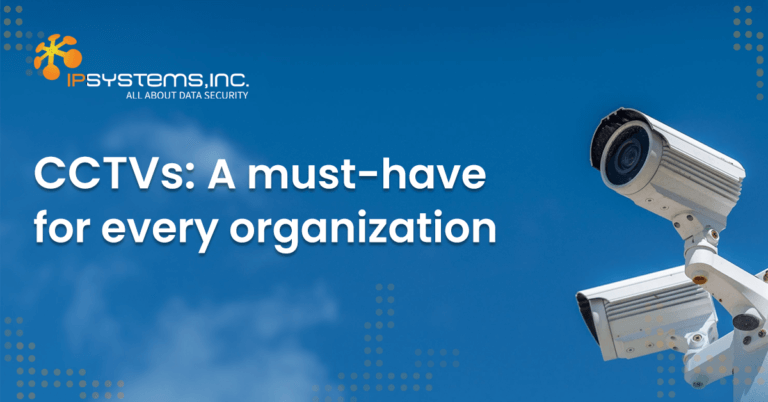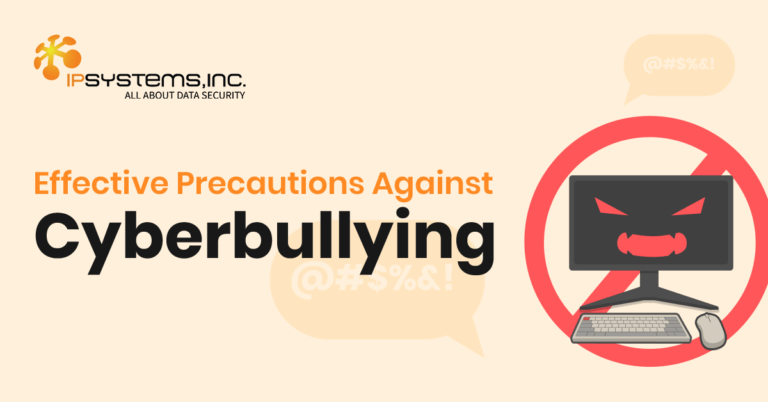
Innovating your Business with Green Data Centers
Blog: Innovating your Business with Green Data Centers Data centers are centralized facilities equipped with essential hardware like servers, storage devices, and networking equipment.
The enterprise chain is only as strong as its weakest link. The field of cybersecurity readily exhibits this fact. There are many forms of attack that a cybercriminal could exploit to penetrate your company and steal valuable information or funds. Sometimes, they even rely on a combination of attacks to achieve their purpose. Spear phishing is one of these forms of cyberattacks. It’s a dreaded tool in the hands of the seasoned hacker, and this article will show you how to avoid spear phishing.
It’s best to first clear the air by saying that spear phishing is not the same as phishing. The two are only similar in being different forms of online attacks on users to gain confidential information. The similarity ends there.
Phishing covers the broader scope of manipulating victims to share sensitive information, including credit card details, usernames, and passwords. The attacker appears to be a trusted entity communicating with the target through email, phone calls, SMS, or social media.
Interestingly, phishing via phone is known as voice phishing or “vishing,” while it’s “smishing” when it involves text messages.
Phishing attacks usually involve bulk or batch targeting, so a large number of people will receive the messages. Phishing attacks aim to send a spoofed message that appears similar to one from a trusted organization. The criminals rely on their good luck, expecting as many people as possible to click the link and download malware or provide their personal information.
It’s here that the dichotomy between phishing and spear-phishing begins. Spear-phishing aims for a specific victim, modifying all communication to make sense in the victim’s context. Usually, spear phishing attacks mimic a familiar entity and containing personal information.
Spear phishing is a more deliberate exercise, requiring more time and thought to pull off. To successfully fool the recipient, attackers use spear phishing in a way that makes their one shot as potent as possible.
Spear-phishing is more challenging to identify than regular wide-scale phishing. Understandably, a cybercriminal would favor spear phishing for as big a score as is possible.
We've established that spear phishing focuses on a single target. It also features a decent complement of reconnaissance. The scheme may begin with emails from a data breach and embellished with information gleaned from the internet.
Social media such as Twitter and LinkedIn are often suggestive of the chain of command and professional relationships within companies. It's usually an effective way to determine the best target and how to impersonate to reach them. Others like Instagram and Facebook can offer good glimpses into the world of potential targets.
Company websites also offer insight into critical details of company operations. Even blog posts can reveal vital connections that threat actors may use to gain an edge.
CybSafe’s CEO, Oz Alashe, reveals that criminals leverage background information to spin a most convincing narrative. Data from various online sources can help piece the jigsaw that enables their grand scheme.
It's a simple framework, but implementation has improved over the last few years and making spear phishing protection more critical than ever. If a victim puts personal information on the internet, it makes the attacker's work easier. A social profile can quickly reveal personal email addresses, friends, current location, and some shopping history. These are elements that may prove to be vital in convincing the victim the message is genuine.
To ensure the message works, urgent explanations on the need for the sensitive information are present. A malicious attachment or link leads to a website asking for private information such as access codes, bank account details, passwords, and PINs.
An attacker might request usernames and passwords for certain websites if they choose to pose as a friend or family member. Such information may be to help them access posted photos, for instance. The real intent, though, will be to use variations of the password (or the same one) to access various websites that have confidential information, such as your ten-digit SSS or credit card details.
With ample sensitive details, your bank accounts will be at risk. Worse, a new identity will emerge based on those details.
A 2015 study from Intel revealed that 97% of people were unable to detect phishing emails. There's every chance that those numbers aren't much better in 2021. Attackers will inevitably keep trying, meaning the most effective way to keep them out is to educate the public on how they operate.
The actionable tips we share here will apply to both businesses and individuals.
Being aware of a scam and how it works is the best bet to minimize falling prey to an attack. Share valuable information with colleagues, family, and friends to prevent them from falling victim.
Ensure you forward blog posts from top security software vendors to colleagues and friends.
It’s advisable for businesses to ensure that employee education on phishing attacks is a priority. Top websites like IPSYSTEMS PH provide practical information your employees can immediately apply to work.
Big email service providers such as Gmail or Axigen are using machine learning techniques to block 99.9% of spam. Your business can milk these services for what they’re worth. There are also phishing-specific tools that can help defend against phishing attacks.
It takes a bit of practice to spot phishing emails, but these are some tips that help:
Other ways to keep the bad spear-phishing scams out include:
Spear phishing can lead to unquantifiable losses for individuals and companies. Criminal elements are relentless in pursuing their goals. It's advisable that the rest of us remain on our toes to ensure that we don't become the next victim of an avoidable spear-phishing attack.
lorem



Blog: Innovating your Business with Green Data Centers Data centers are centralized facilities equipped with essential hardware like servers, storage devices, and networking equipment.

Blog: CCTVs: A must-have for every organization Nearly every business and organization, regardless of size, has already implemented CCTV Services within their premises because

Blog: Combating Bullying in Digital Classrooms: Empowering Students for a Safer Learning Environment Bullying is a pervasive issue that inflicts emotional, psychological, and physical

Established in 2007, IPSYSTEMS, Inc. is a trusted and valued cybersecurity and IT distributor in the Philippines. It has solutions specifically focused on IT Infrastructure Security, Secure Remote Access and Monitoring, and Email and Data Security.